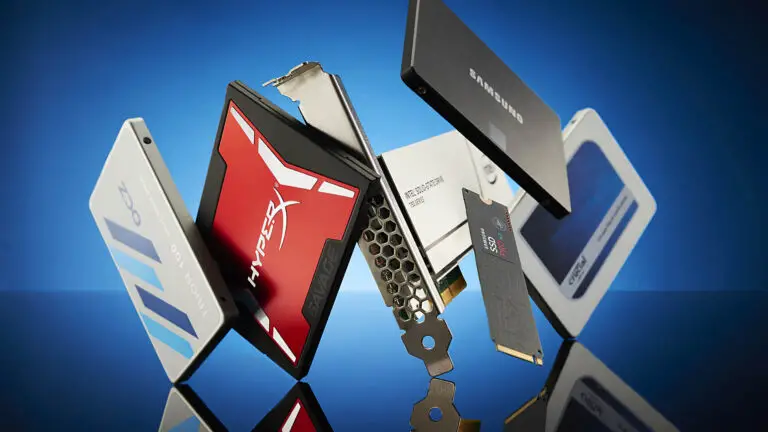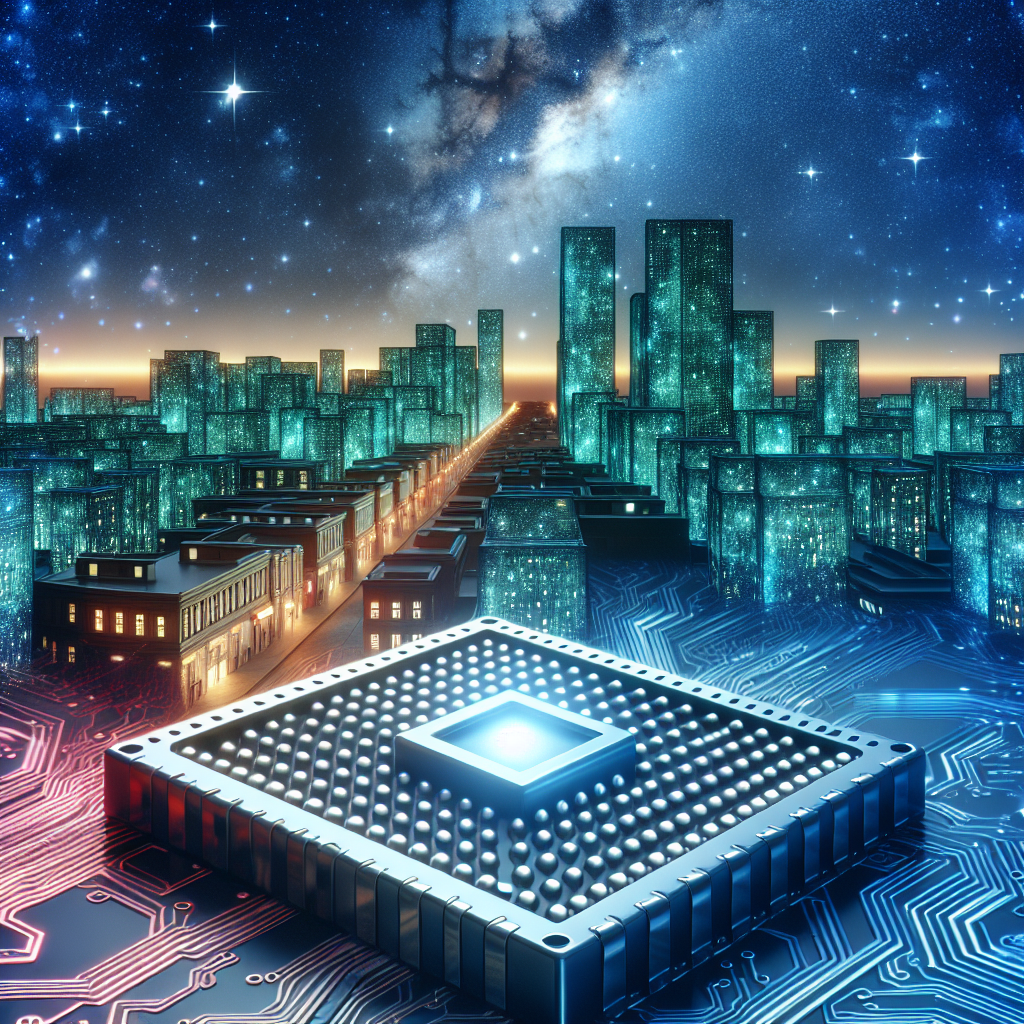Revolutionizing Memory Chips with a New Prototype Material
Researchers have made a significant breakthrough in the quest for the ideal memory chip, crafting a prototype material that promises to outperform current memory technologies. This new development could lead to memory chips that are not only faster than the best Dynamic Random-Access Memory (DRAM) but also more durable, capable of storing data for decades like flash memory, while consuming less energy. The innovative material, poised to transform the efficiency and functionality of memory storage, could be the key to a future of universal memory solutions.

A groundbreaking material developed by researchers could lead to a new era of memory chips, combining speed, longevity, and energy efficiency.
— Tech Innovator @TechInnovatorApril 1, 2024
Advantages of the New Material Over ULTRARAM
The innovative material developed by Stanford University researchers stands out with several advantages over ULTRARAM, a memory technology also in the research and development phase. The new material, referred to as GST467, boasts a lower operating voltage and better compatibility with existing semiconductor manufacturing technologies, making it a strong contender in the race to create universal memory.
| Feature | Advantage |
|---|---|
| Operating Voltage | GST467 requires a lower operating voltage (0.7V) compared to ULTRARAM (2.5V), leading to reduced power consumption and heat generation. |
| Manufacturing Compatibility | GST467 is better suited for implementation with current semiconductor manufacturing technologies than phase-change materials like ULTRARAM. |
While ULTRARAM is closer to market readiness, particularly for applications requiring minimal memory or storage such as Internet-of-Things (IoT) devices, GST467’s superior features could make it a more scalable and economically viable option for widespread manufacturing and use in the future.
Understanding Current Memory Technologies
Today’s digital devices rely on various types of memory technologies, each with its specific functions and limitations. The most prevalent among these are Dynamic Random-Access Memory (DRAM), Video Random-Access Memory (VRAM), and NAND flash memory. Here’s a closer look at each:
- DRAM: Used primarily in PCs for main system memory, DRAM is fast but volatile, requiring constant power to maintain data.
- VRAM: A special type of DRAM, VRAM is dedicated to graphics cards, allowing for the rapid rendering of images and video.
- NAND flash memory: This non-volatile memory is used in Solid State Drives (SSDs) and USB memory sticks, retaining data without power but suffering from slower speeds and wear over time.
While DRAM is known for its speed, it has the drawback of data volatility, necessitating frequent refresh cycles to retain information. On the other hand, NAND flash memory can store data for extended periods, making it ideal for SSDs and USB drives. However, its slower performance compared to DRAM and the eventual wear and tear of its cells are significant limitations.
The quest for a memory technology that combines the speed of DRAM with the persistence of flash memory continues, with the new GST467 material representing a promising step forward in this field.
The Potential Future of Memory Technology
The landscape of memory technology is on the cusp of significant change, with advancements like DDR5 and GDDR7 on the horizon. These developments promise to deliver ultra-fast volatile memory solutions, with GDDR7 expected to make its debut later this year. Meanwhile, industry giants such as Samsung and Micron are investing billions into the production of large-capacity flash memory chips, which are integral to some of the best SSDs available today.
Despite the excitement surrounding these emerging technologies, the memory industry remains on the lookout for innovations that can offer even greater efficiency and versatility. The ongoing research into materials like GST467 could eventually lead to a new class of memory that serves as both volatile and non-volatile storage, potentially revolutionizing how data is retained and accessed in computing devices.
For now, the focus remains on enhancing current memory technologies while keeping an eye on the promising prospects of universal memory solutions that could redefine the future of data storage and retrieval.

